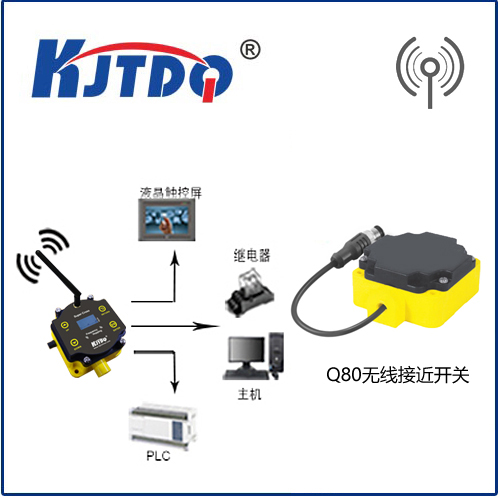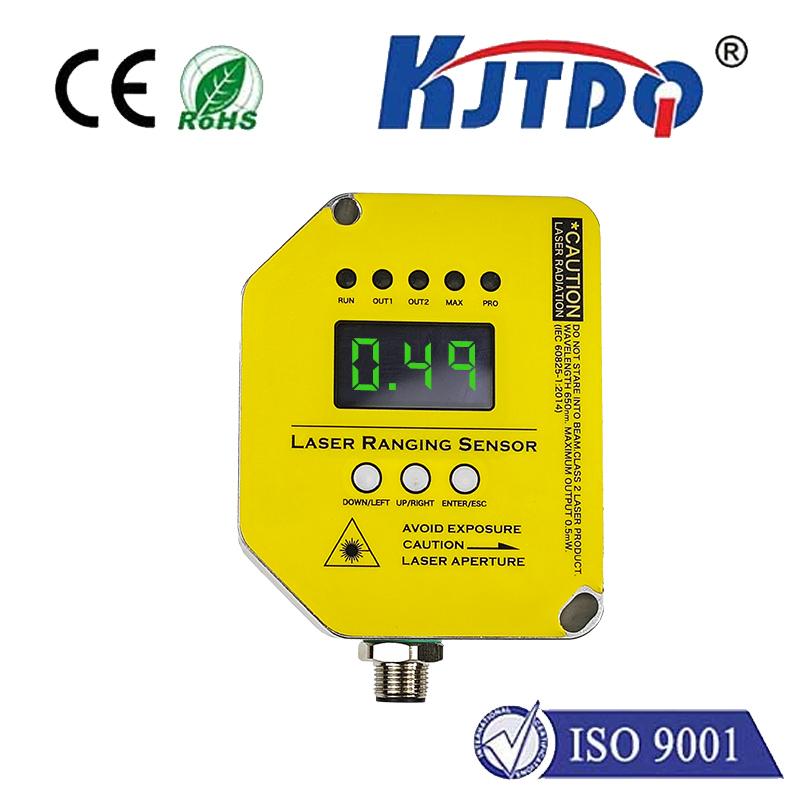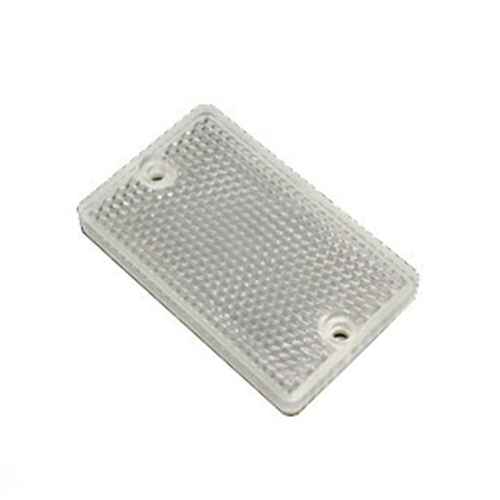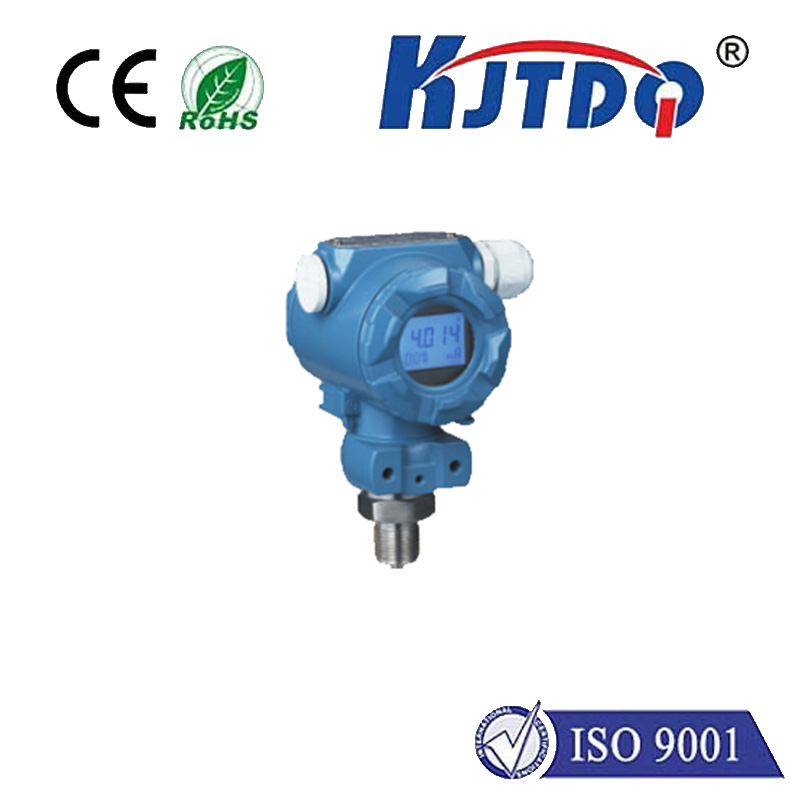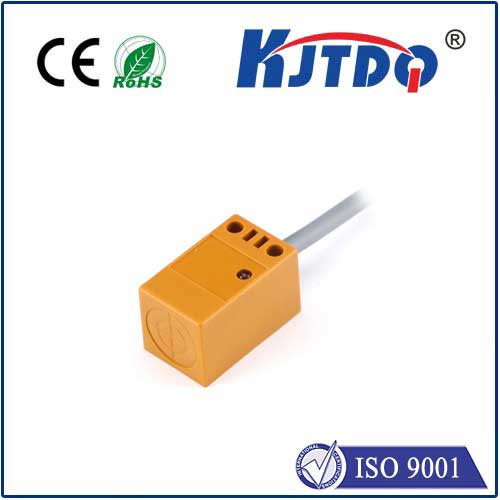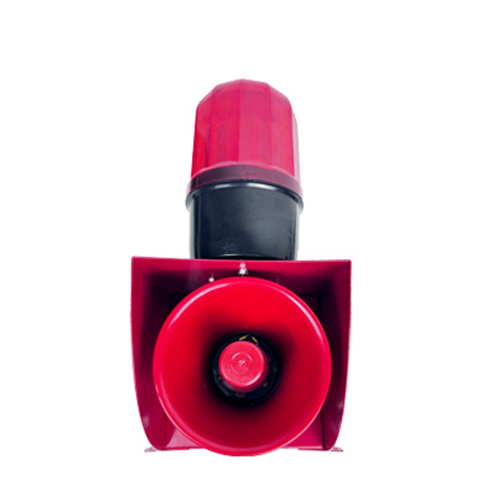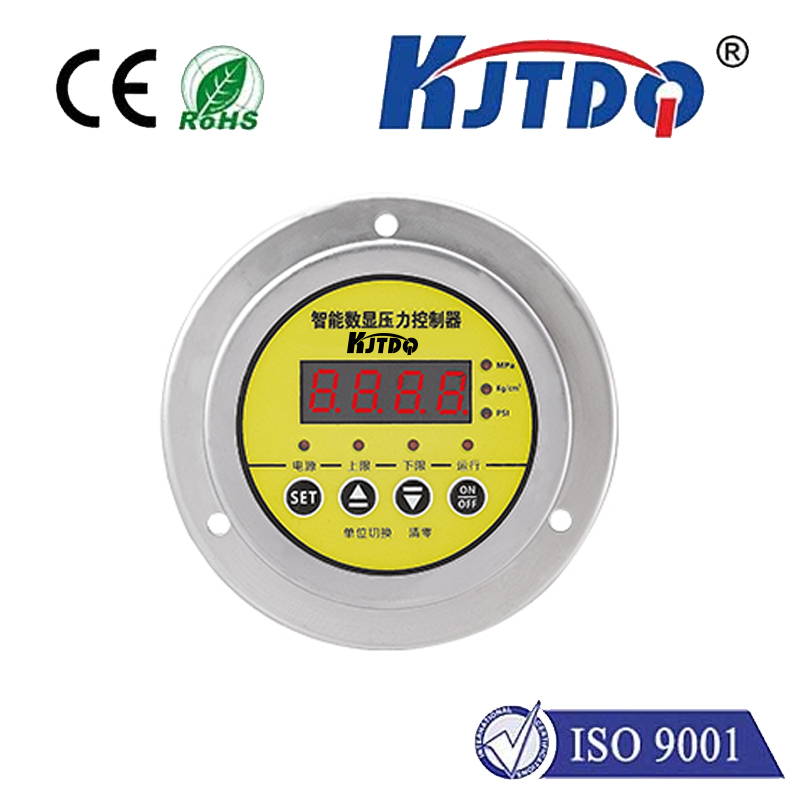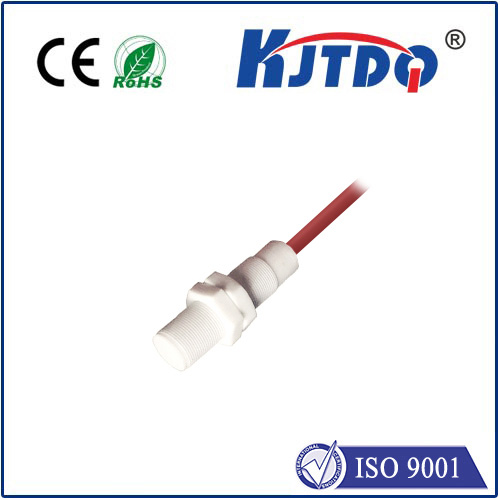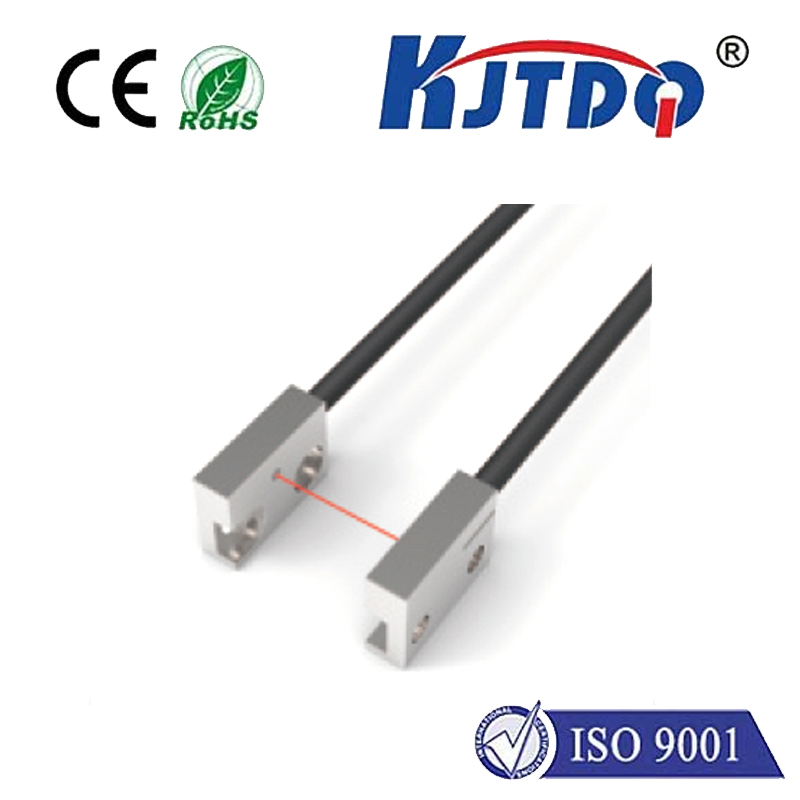

check

check

check

check

check

check

check

check

check

check
A belt conveyor is a device used to transport materials by pulling a conveyor belt between two or more rollers. If the belt conveyor is operated without proper safety measures and attention, the following injuries may occur:
1. Clamping injuries: Workers’ hands, feet or body parts are caught or squeezed by the driven belt, resulting in pinching, squeezing or cutting injuries.
2. Injury from being hit by objects: There are heavy objects or debris on the moving belt. If workers are not careful, they may be hit by objects, causing injuries to the head, body or limbs.
3. Falling injuries: When operating a belt conveyor, if workers do not step on the foot pedals or stand firm, they may lose their balance and fall, resulting in fractures, abrasions or sprains.
4. Electric shock injury: If the electrical part of the belt conveyor has problems such as leakage or short circuit, workers may be exposed to electric shock injuries or even life-threatening injuries.
5. Chemical injuries: Belt conveyor operations in some industries may involve the use of chemicals. If appropriate protective equipment such as gloves and goggles are not worn, skin burns, chemical burns, etc. may occur.
6. Strain injuries caused by long-term operation: If workers continue to operate the belt conveyor for a long time without proper rest and physical adjustment, it may cause muscle strain, bone fatigue, eye fatigue and other problems. It may also cause personal injury due to incorrect operation!
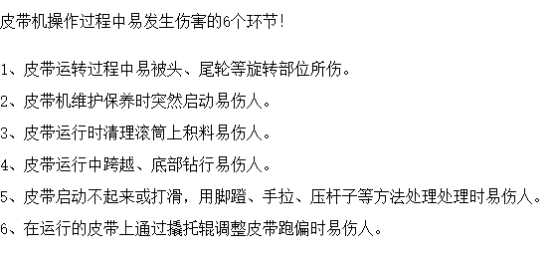
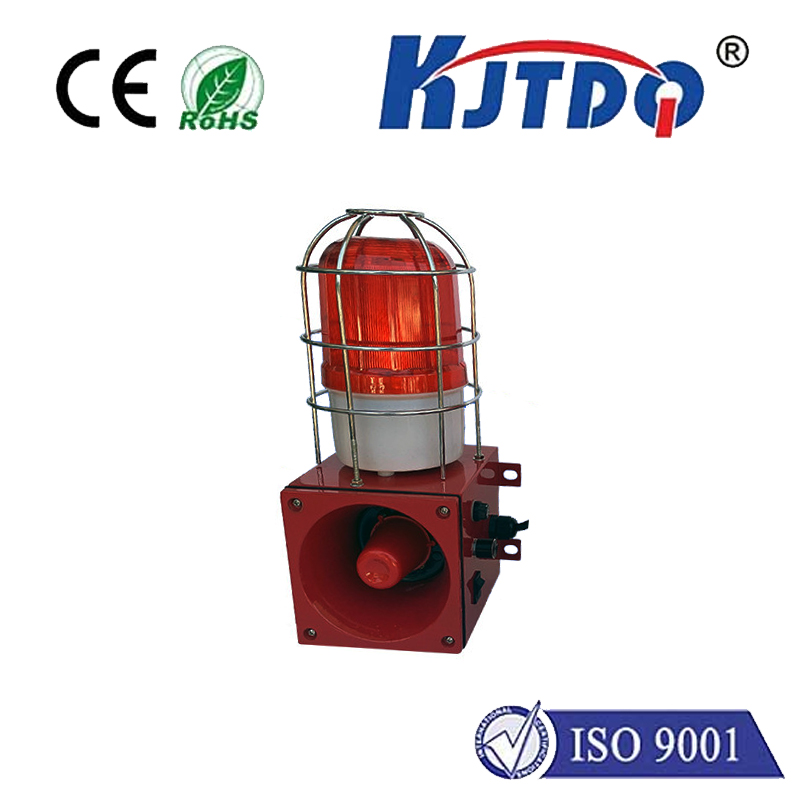
For the safety protection of belt conveyor operations, the following are some common measures:
1. Mechanical protection devices: Install appropriate mechanical protection devices, such as protective covers, guardrails and baffles, to prevent workers from coming into contact with driven parts and moving conveyor belts.
2. Emergency stop device: Install an emergency stop device, such as an emergency stop switch or a pull rope switch. When workers encounter an emergency, they can quickly cut off the power supply and stop the belt conveyor operation.
3. Safety signs: Set safety signs, such as warning signs and prohibition signs, at appropriate locations to convey dangerous information and precautions to workers about belt conveyor operations.
4. Training and education: Provide necessary training and education to workers engaged in belt conveyor operations, so that they can understand the safety regulations and operating skills of using belt conveyors, and improve their safety awareness.
5. Regular inspection and maintenance: Regular inspection and maintenance of belt conveyor equipment to ensure its normal operation, safety and reliability.
6. Personal protective equipment: Workers should wear appropriate personal protective equipment when operating belt conveyors, such as hard hats, safety shoes, earplugs and eye masks, to prevent damage to the head, feet, hearing and vision.
7. Work procedures and safety regulations: Develop and implement appropriate work procedures and safety regulations, such as whether multiple people are required to operate, whether a work permit is required, etc., to ensure safety during the operation.
In short, the safety protection of belt conveyor operations requires comprehensive consideration of mechanical protection, emergency shutdown, safety signs, training and education, regular inspection and maintenance, personal protective equipment, work procedures and safety regulations to ensure the safety of workers.
